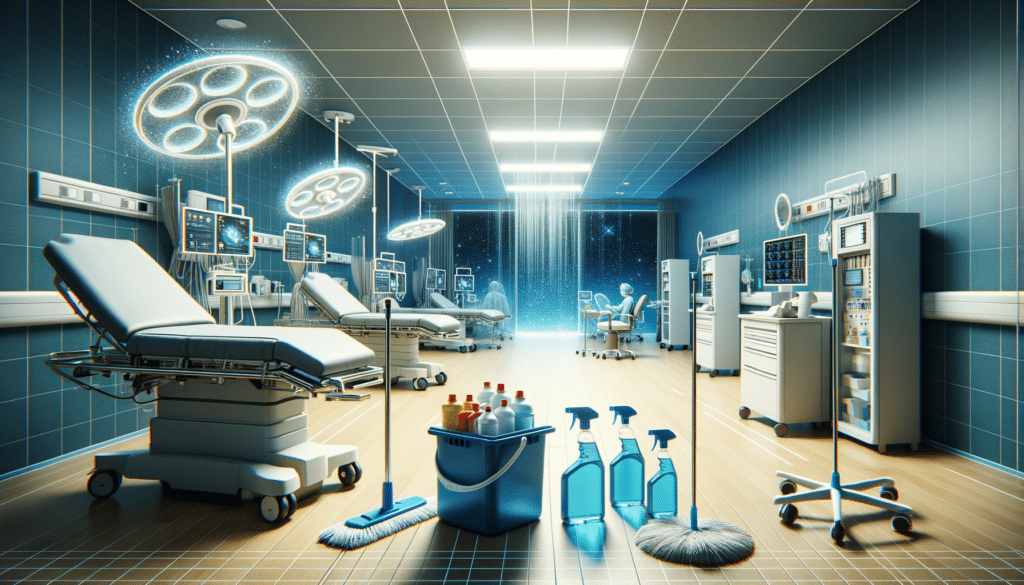The Historical Roots of Massage
Massage therapy has a rich history that dates back thousands of years, with roots in various cultures around the world. Ancient civilizations such as the Chinese, Egyptians, Greeks, and Romans have documented the use of massage in their medical practices. The Chinese were among the first to formalize massage techniques, integrating them into traditional medicine practices as early as 2700 BCE. In ancient Greece, Hippocrates, known as the father of medicine, advocated for the use of friction as a form of therapy.
Over the centuries, massage has evolved, incorporating techniques from different cultures and adapting to new medical insights. The practice spread through Europe during the Middle Ages and Renaissance, and by the 19th century, it had become a recognized therapeutic practice. The development of Swedish massage in the early 1800s by Per Henrik Ling marked a significant milestone, combining various techniques into a systematic approach that remains popular today.
Key historical points include:
- Chinese massage techniques recorded as early as 2700 BCE
- Hippocrates’ advocacy for massage in ancient Greece
- The development of Swedish massage in the 19th century
The Science Behind Massage Therapy
Massage therapy is not just an art; it is grounded in science. Studies have shown that massage can have profound effects on the body and mind, influencing both physiological and psychological processes. Physically, massage can improve circulation, enhance lymphatic drainage, and reduce muscle tension. The manipulation of soft tissues helps in releasing endorphins, the body’s natural painkillers, which can alleviate pain and promote relaxation.
From a psychological perspective, massage has been shown to decrease levels of cortisol, the stress hormone, while increasing serotonin and dopamine, neurotransmitters associated with mood regulation. This biochemical response can lead to improved mood, reduced anxiety, and a sense of overall well-being.
Scientific benefits include:
- Improved circulation and lymphatic drainage
- Reduction in muscle tension and pain
- Decreased cortisol levels and increased serotonin and dopamine
Types of Massage and Their Benefits
The world of massage is diverse, with various techniques tailored to meet different needs and preferences. Swedish massage, characterized by long, flowing strokes, is designed to relax the entire body. Deep tissue massage, on the other hand, targets deeper layers of muscle and fascia, often used to treat chronic pain and muscle injuries.
Other popular types include:
- Hot Stone Massage: Uses heated stones to enhance relaxation and ease muscle tension.
- Aromatherapy Massage: Incorporates essential oils to promote healing and relaxation.
- Shiatsu: A Japanese technique that uses finger pressure to balance the body’s energy flow.
Each type of massage offers unique benefits, making it important to choose the right one based on individual needs and health goals.
Massage in Modern Healthcare
In contemporary healthcare, massage therapy is increasingly recognized as a valuable complementary treatment for a range of conditions. It is often used in conjunction with traditional medical treatments to enhance recovery and improve quality of life. For instance, cancer patients may receive massage therapy to help manage pain and reduce anxiety during treatment.
Massage is also beneficial for individuals with chronic conditions such as arthritis or fibromyalgia, providing relief from pain and improving mobility. Moreover, it is used in sports medicine to aid in recovery and prevent injuries among athletes.
Modern applications include:
- Complementary treatment for cancer patients
- Pain management for chronic conditions
- Sports recovery and injury prevention
The Future of Massage Therapy
As our understanding of the human body and mind continues to evolve, so too does the field of massage therapy. Future trends may include the integration of technology, such as virtual reality, to enhance the therapeutic experience. Additionally, ongoing research into the physiological effects of massage will likely lead to new techniques and applications.
There is also a growing emphasis on personalized massage therapy, where treatments are tailored to the individual’s unique physical and emotional needs. This personalized approach can maximize the benefits of massage, ensuring that each session is as effective as possible.
Future directions include:
- Integration of technology in massage therapy
- Personalized treatment plans
- Continued research into physiological effects
In conclusion, massage therapy is a multifaceted practice that offers a holistic approach to health and well-being. Its rich history, scientific foundation, and diverse techniques make it a valuable tool for relaxation, healing, and overall wellness.





